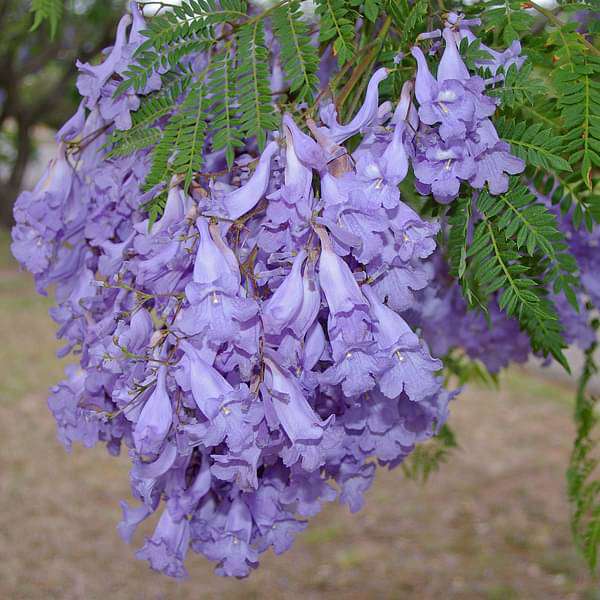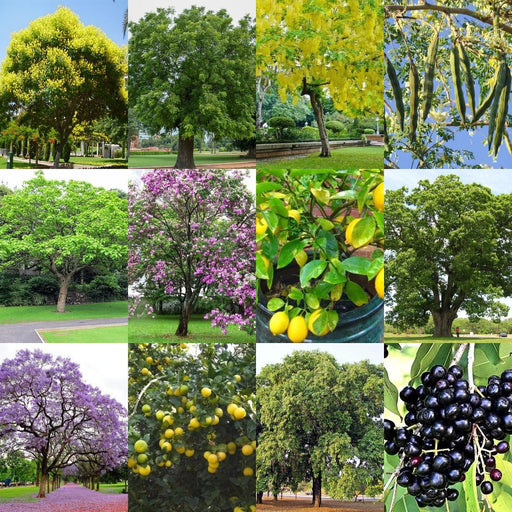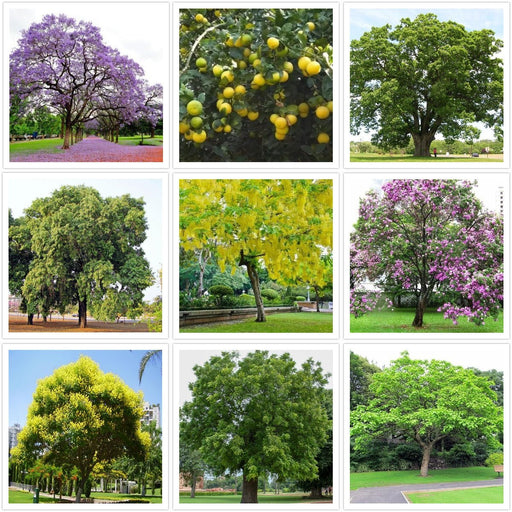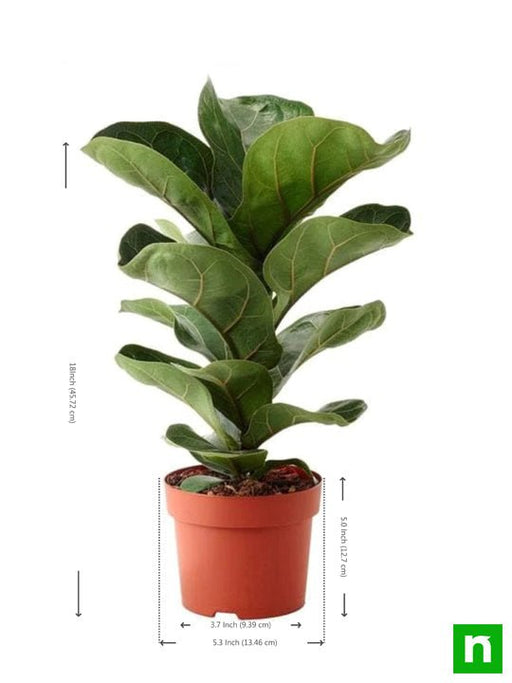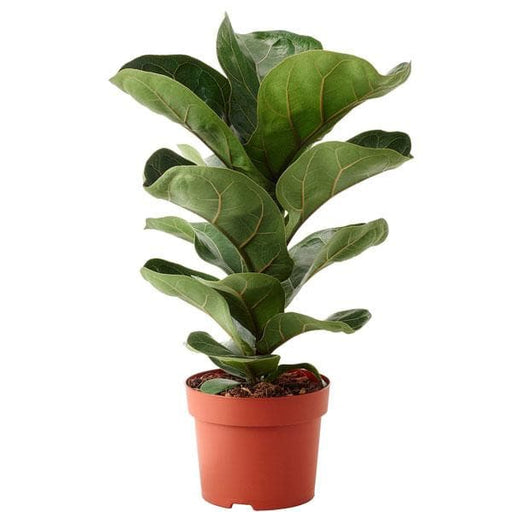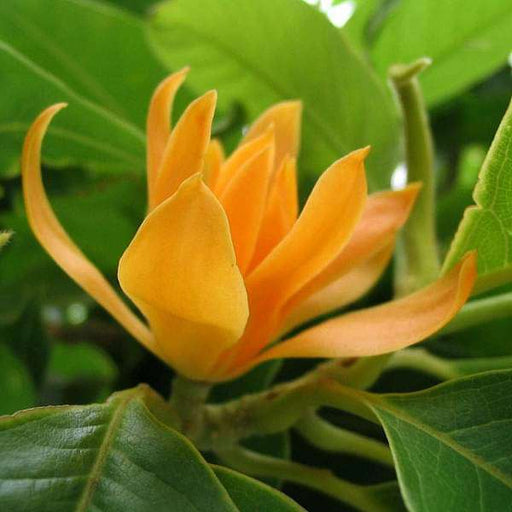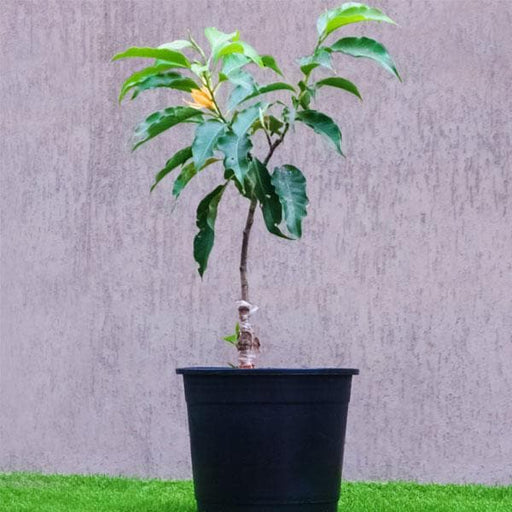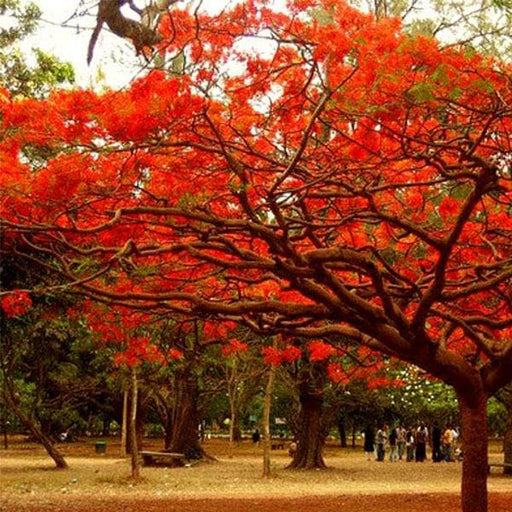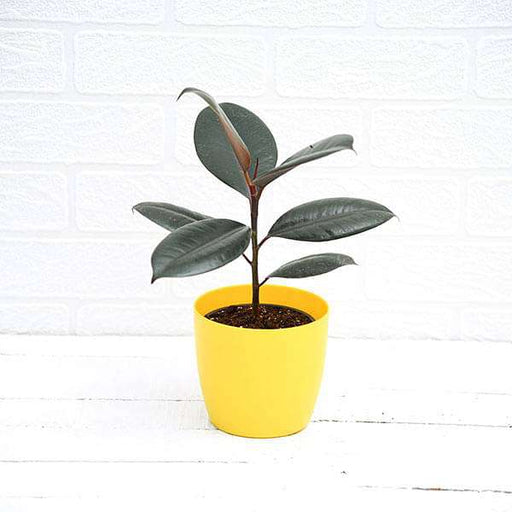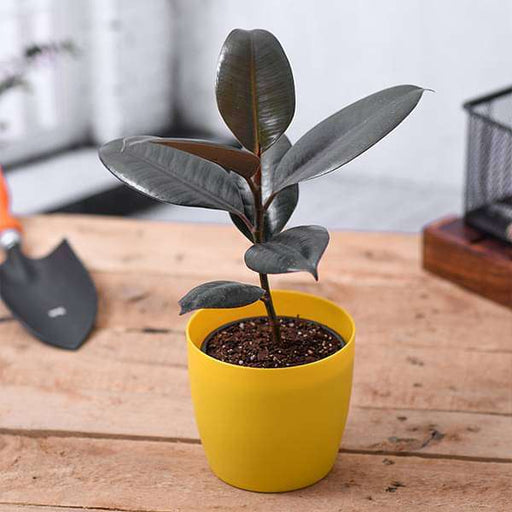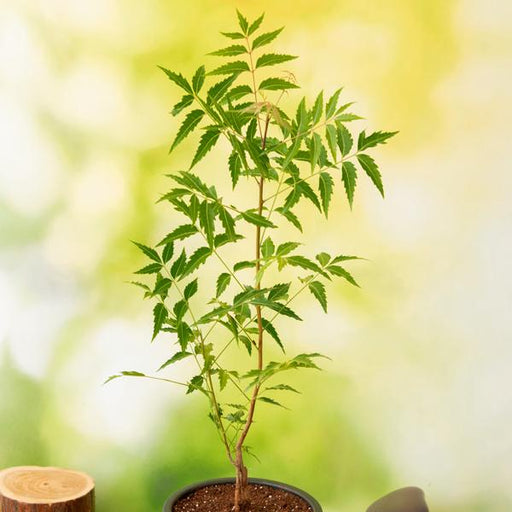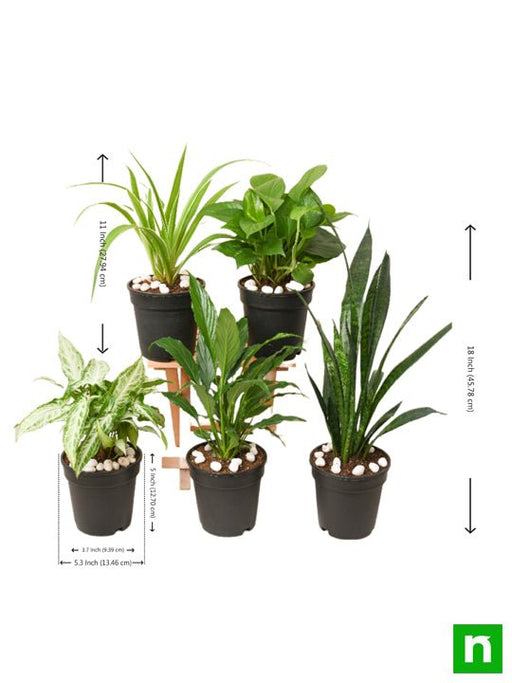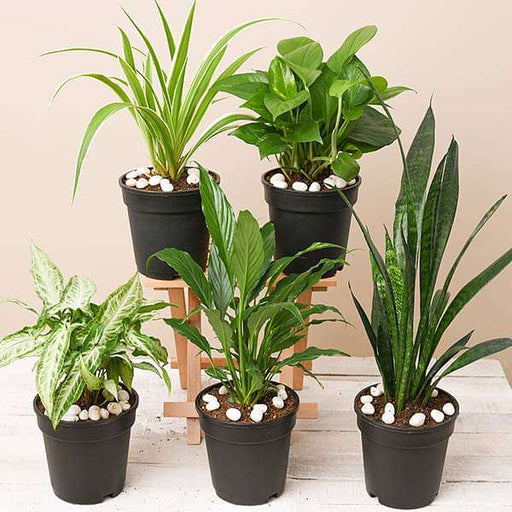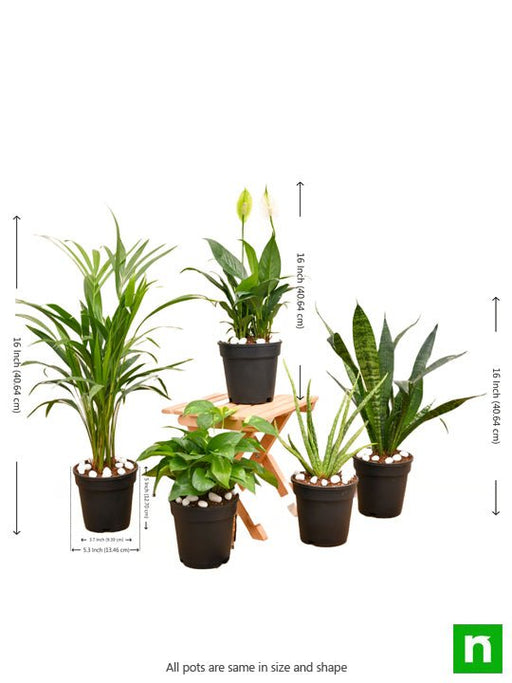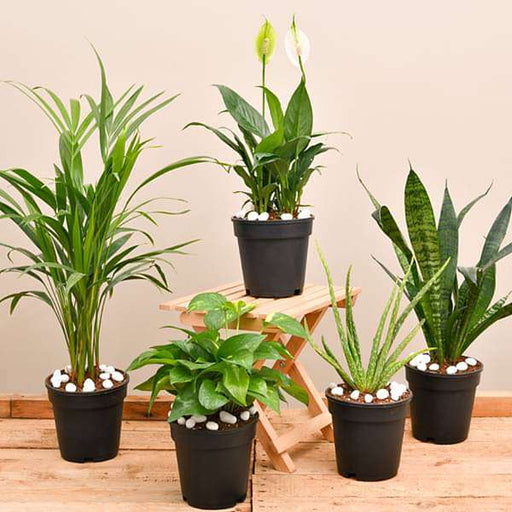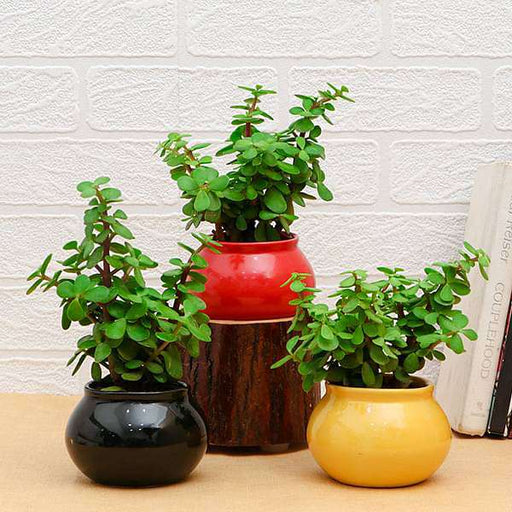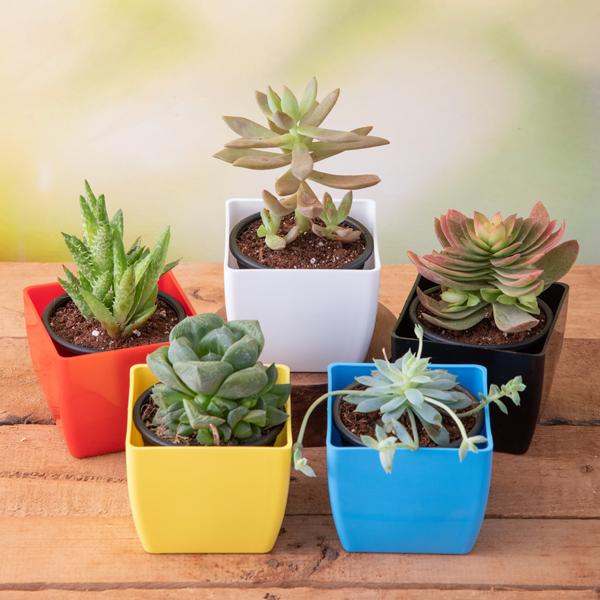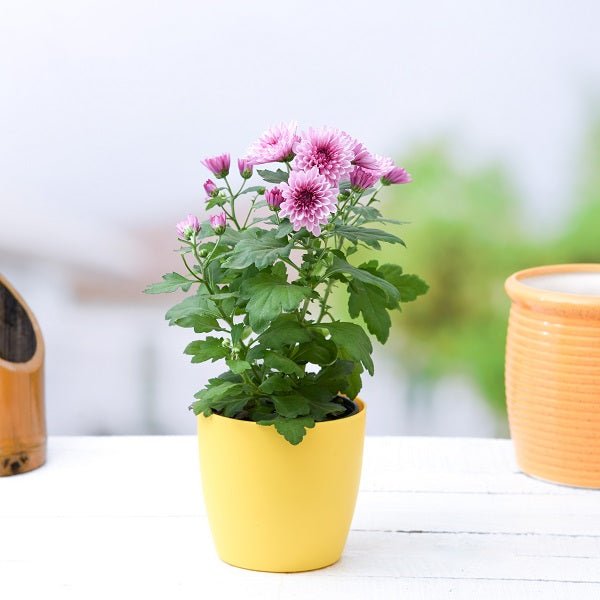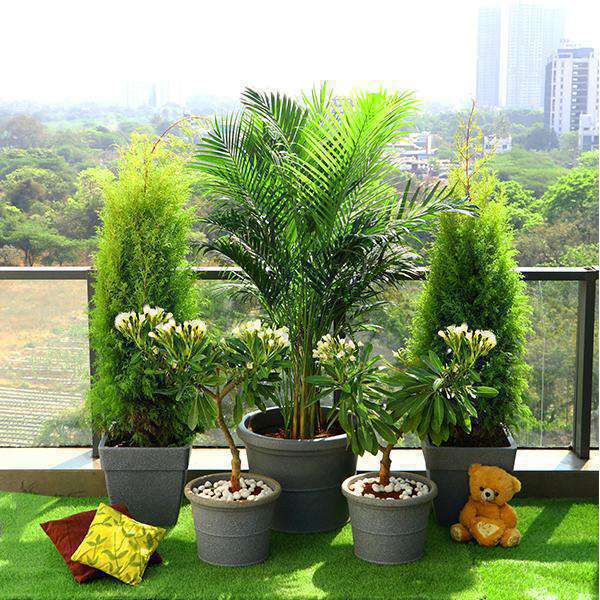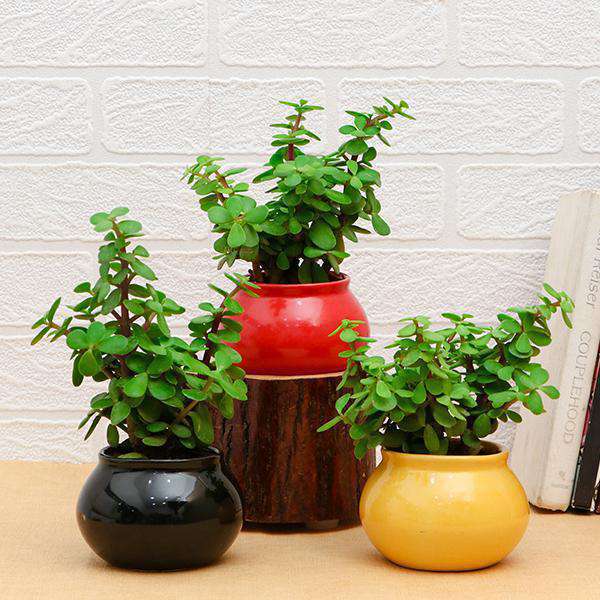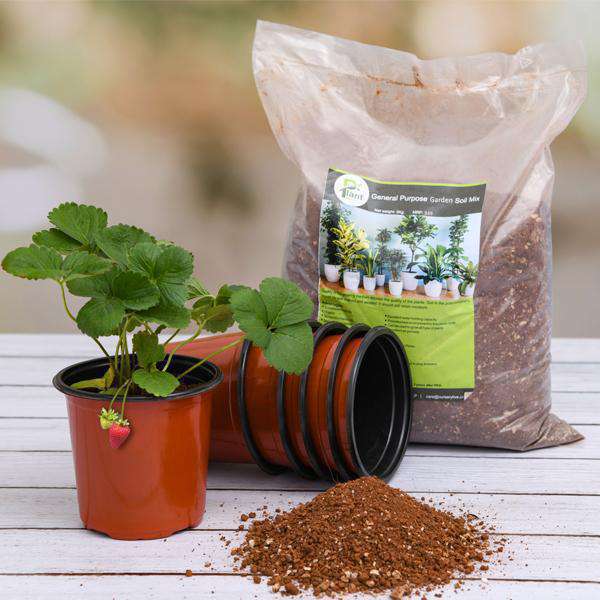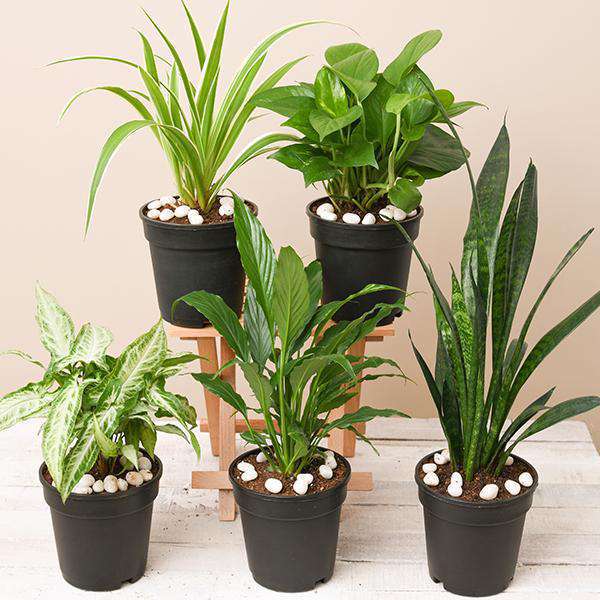Neel Mohar Benefits
If you’re looking for a tree that’s not just a pretty face, Neel Mohar, or Jacaranda Mimosifolia, is your go-to green companion. This beauty doesn’t just dazzle with its stunning purple blooms; it also offers shade, improves air quality, and attracts pollinators like bees and butterflies. Imagine sipping your morning coffee under a canopy of vibrant flowers while nature’s little helpers buzz around. Talk about a win-win!
Jacaranda Mimosifolia Care
Caring for your Neel Mohar is like nurturing a diva; it requires attention but rewards you with breathtaking beauty. This tree loves well-drained soil and plenty of sunlight, so make sure it’s not stuck in the shade like a wallflower at a dance. Regular watering during dry spells will keep it happy, and a little pruning here and there will ensure it maintains its fabulous shape.
Neel Mohar Planting Tips
Planting a Neel Mohar is like setting the stage for a floral performance. Choose a sunny spot with enough room for its majestic spread, and dig a hole that’s twice as wide as the root ball. Add some compost to the mix for a nutrient boost, and don’t forget to water it well after planting. With a little love and care, you’ll have a showstopper in your garden in no time!
Jacaranda Tree Growth Rate
If you’re impatient for instant gratification, the Neel Mohar might just test your patience. This tree has a moderate growth rate, typically reaching its full glory in about 10 to 15 years. But don’t fret! Watching it grow is like witnessing a slow-motion magic trick. One day, you’ll wake up to find it towering over your garden, flaunting its purple blooms like a celebrity on the red carpet.
Neel Mohar Landscaping Ideas
Looking to add a touch of elegance to your landscape? The Neel Mohar is your secret weapon. Its stunning flowers and lush foliage make it perfect for parks, gardens, and even urban settings. Plant it as a focal point, or create a stunning avenue by lining your driveway with these beauties. Just be prepared for the compliments to roll in like a tidal wave!
Jacaranda Mimosifolia Uses
Beyond its aesthetic appeal, the Neel Mohar has a few tricks up its sleeve. Its wood is durable and often used in furniture making, while its leaves can be used for medicinal purposes in traditional practices. So, whether you’re looking to furnish your home or dabble in herbal remedies, this tree has got you covered. Who knew a tree could be so multi-talented?
Neel Mohar Flowering Season
When it comes to showtime, the Neel Mohar knows how to steal the spotlight. Its flowering season typically occurs in late spring to early summer, transforming your garden into a purple paradise. The sight of these blooms is enough to make anyone stop and stare, and the sweet scent wafting through the air is just the cherry on top. Get your cameras ready; this is one performance you won’t want to miss!
Jacaranda Tree Pests
Like any diva, the Neel Mohar can attract a few unwanted guests. Watch out for pests like aphids and caterpillars that might try to crash the party. Regular inspections and a little neem oil can keep these intruders at bay. After all, you wouldn’t want your beautiful tree to be the talk of the town for the wrong reasons!
Neel Mohar Soil Requirements
The Neel Mohar is a bit of a soil snob; it prefers well-drained, sandy loam to thrive. Heavy clay or overly wet conditions? No thanks! It’s like trying to get a cat to take a bath—just not happening. Ensure your soil is rich in organic matter, and your tree will reward you with vibrant blooms and lush foliage.
Jacaranda Mimosifolia Propagation
Want to spread the love? Propagating Neel Mohar is easier than you think! You can start with seeds or cuttings, but be patient; good things take time. Soak the seeds overnight before planting, or take a cutting from a healthy tree and let it root in water. Before you know it, you’ll have a mini Neel Mohar army ready to take over your garden!
Neel Mohar Cultural Significance
The Neel Mohar isn’t just a pretty tree; it’s a cultural icon in many regions. In some places, it symbolizes renewal and beauty, while in others, it’s a sign of good luck. Its stunning blooms have inspired artists and poets alike, making it a beloved subject in literature and art. So, planting one isn’t just about aesthetics; it’s about joining a legacy of admiration!
